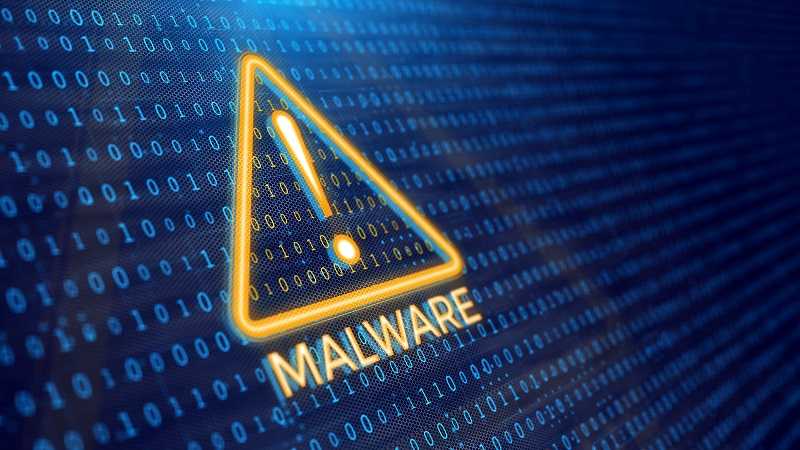
One of the most serious threats IT Managed Services can help protect you from is malware. Malicious software (malware) programs are applications whose developers or senders have malicious intent. These programs can be used to spy and steal your data or even take full control of your network and hold it for ransom. A threat since the 1980s, this type of technology is constantly evolving, it can become increasingly difficult to keep your defenses up to date on your own. RAVENii has a team of professionals experienced with defending against and adapting to the ever-changing world of malware.
The History of Malware
Beginnings
In 1971, the “Creeper Virus” emerged as a harmless program that replicated games or cryptic messages. It spread rapidly through systems, prompting the creation of “Reaper,” one of the earliest anti-virus programs designed to hunt and destroy Creeper. This marked the beginning of the future of malware.
The earliest versions of malware were boot sector and file infectors that would be spread by floppy disks. Boot sector infectors would infect the boot sector of a floppy disk or a computer’s hard drive, allowing the malware to execute whenever the infected system was started up. File infectors would infect executable files, allowing the malware to spread whenever an infected file was run.
The 1990s
The 90s was a decade of significant growth in computer technology, but it was also a time when malware became more prevalent. Malware in this era was primarily spread through floppy disks, email attachments, and infected websites.
By the mid 1990s, malware had become a serious problem for businesses as malware propagation became network-driven. Macro viruses emerged when the use of macro programming languages became popular. The first macro virus, called “Concept,” was discovered in 1995 and affected Microsoft Word for Windows. This virus spread rapidly and caused significant damage to computer systems worldwide. From that point on, macro viruses became a prevalent form of malware, with new variants being developed to exploit weaknesses in popular software applications. While macro viruses are not as common today as they were in the past, they remain a potential threat to computer security. As technology advanced, so did the sophistication of malware, making it more challenging for businesses to protect themselves from these malicious programs.
The 2000s
The first few years of the 21st century saw internet users under constant bombardment from out-of-control popups and other java script bombs. Socially engineered worms and spam proxies began to be used in attacks. In 2004 conflict broke out between the authors of several infamous malware programs. That had the ironic effect of causing a series of improvements to email scanning and higher adoption rates of email filtering. This increase in security led to a near extinction of mass-spreading email worms.
2010 On
In the 2010s attacks have switched focus to target newer technologies like cryptocurrency and the Internet of Things. Ransomware became part of the cultural climate as malware programs like WannaCry attacked targets around the globe, holding data hostage in exchange for bitcoin ransoms. Large scale attacks like this as well as the rise of social engineering phishing scams have led to a world where everyone, individuals and businesses alike must constantly evaluate our cyber security.
To learn about how RAVENii can help evaluate your cyber security contact us online or call us at (844) 317-0944.